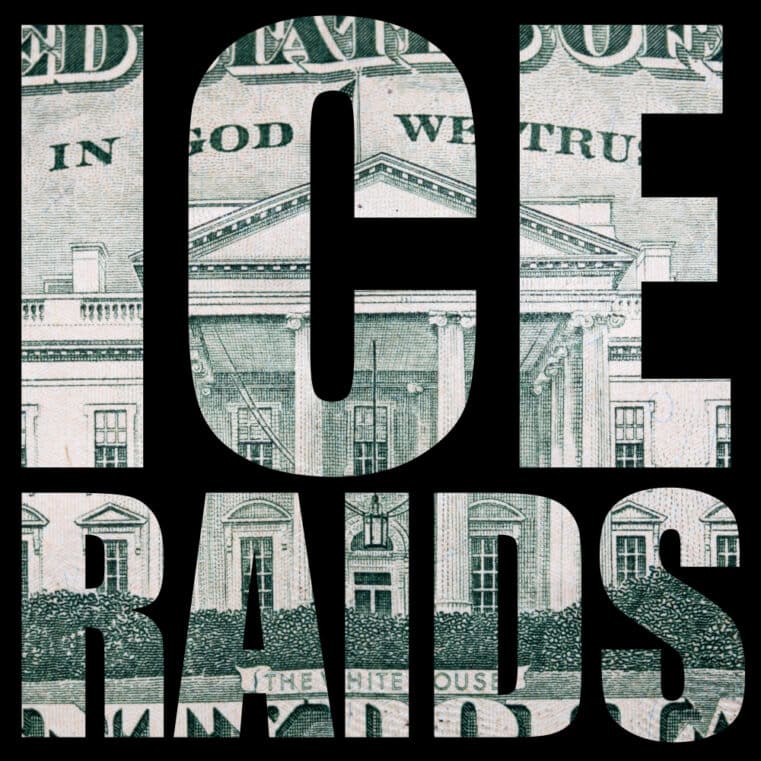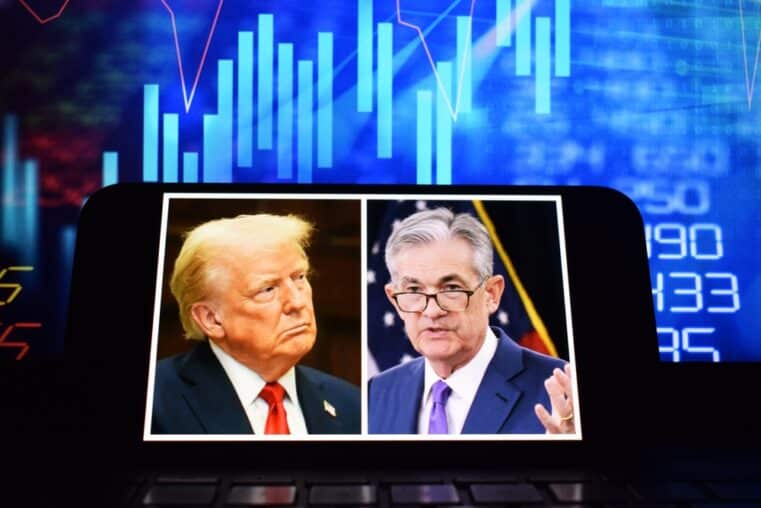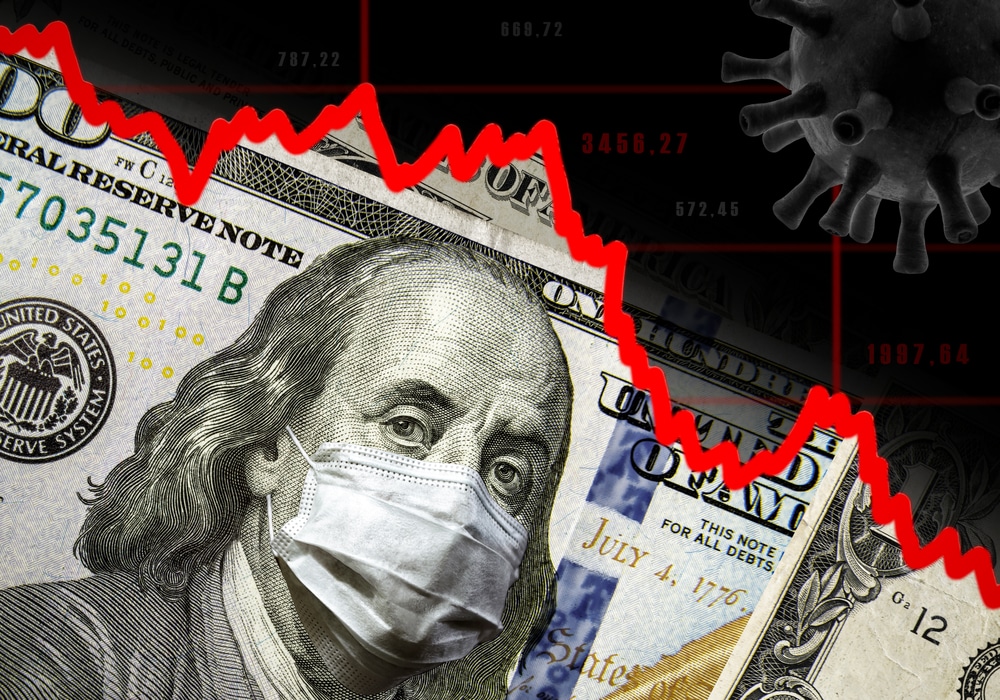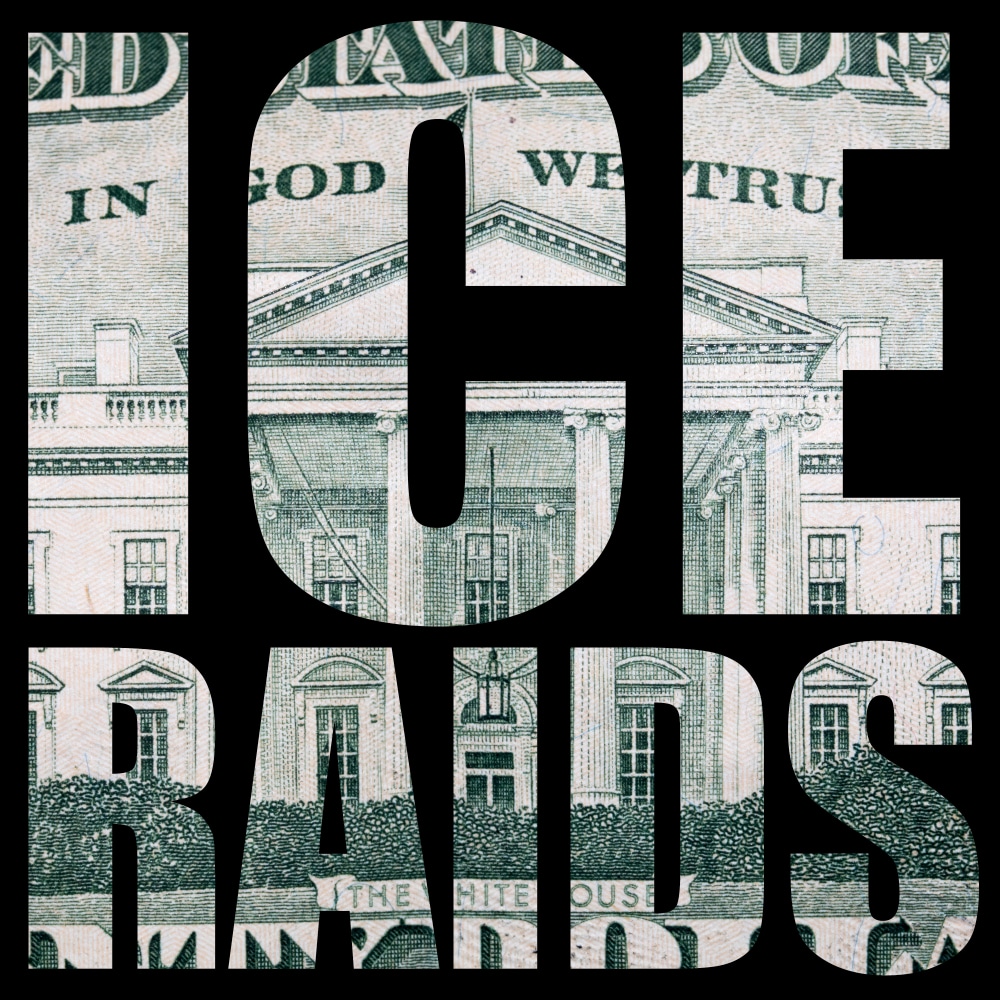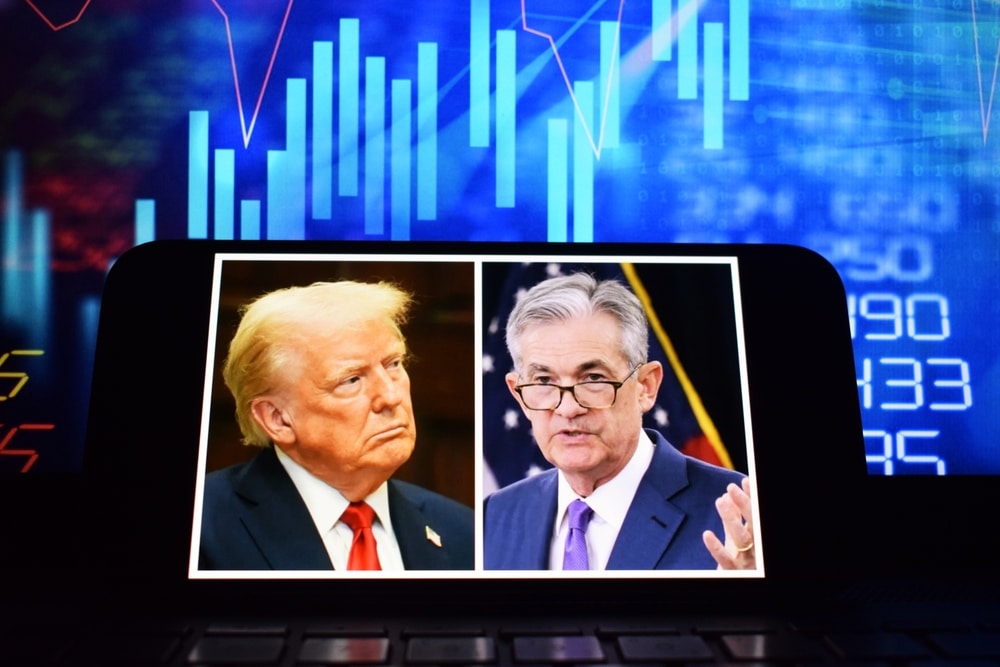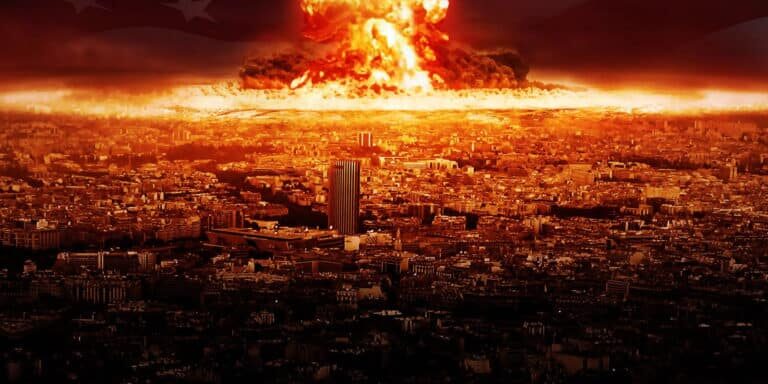
US Banks Gambling with Financial WMD’s
The term “financial WMDs” (Weapons of Mass Destruction) may seem exaggerated at first. But all you have to do is think back to 2008 and recall how the global economy was on the brink of total collapse as a result of these risky financial instruments.
To save the US economy from full-scale decimation, the government bailed out several Too Big to Fail (TBTF) banks, forcing American taxpayers to pay for the reconstruction from the havoc wreaked by these large and highly irresponsible financial institutions.
Lesson learned? Apparently not, for 25 of the top US banks are at it again, playing with the same financial WMD’s that nearly destroyed the world economy.
What are these derivatives and what makes them so dangerous?
Derivatives are financial instruments whose price values are dependent on separate underlying assets--typically stocks, bonds, commodities, currencies, real estate, and interest rates. Derivatives are usually transacted as a contract between a buyer and a seller.
For example, a futures contract is a type of derivative whose underlying asset is a certain commodity. If the price of the commodity rises, then the person holding a futures contract for that commodity experiences a gain. If the commodity price falls, then the futures contract loses value.
But what makes derivatives so dangerous is that they almost always entail extremely high leverage. Leverage means that you can buy or control an asset by paying only a fraction of its true cost, the rest being borrowed.
For example, if you had $20,000 to buy a house, with 50-to-1 leverage, you can buy a house worth $1 million. That is 50 times the amount of your down payment! If your house loses value by even 10%, you end up owing $80,000, which is far more than what you had invested. If you can’t repay the bank, you may have no other choice but to file for bankruptcy.
Banks were holding highly leveraged derivatives leading up to 2008. But unlike our example above, their losses due to exposure were in the high billions. And unlike our example, once again, not all banks went out of business. Instead, the US government bailed them out at the expense of American taxpayers.
There’s a saying that the market is a harsh teacher who does not spare the rod. The lessons to be learned from this dark and painful history should be obvious. Well, they are...at least to every average American. But not so for the banks. In fact, the banks are at it again, gambling with these financial WMD’s. And similar to the years leading up to 2008, hardly anyone is paying attention. What you can’t see...can indeed hurt you.
So here’s a glimpse of a few institutions whose gambling tendencies threaten the economy.
Make no mistake:what threatens the economy stands as a direct threat to your financial well being, freedom and lifestyle.
Here is a list of six of the Top 25 US banks holding oversized positions in risky derivatives
Included is a close approximation of the following:
- Total Assets: the total dollar amount of assets that they currently hold.
- Total Derivative Exposure: the total dollar amount of risk they are assuming through derivatives.
- Leverage Ratio: the ratio of money they are accountable for beyond the value of assets they are currently holding.
- Citigroup
- Total Assets: $1.79 trillion
- Total Derivatives Exposure: $47 trillion
- Leverage Ratio: 26 to 1 (meaning they are responsible for 26 X their total assets!)
- JPMorgan Chase
- Total Assets: $2.49 trillion
- Total Derivatives Exposure: $46.99 trillion
- Leverage Ratio: 19 to 1
- Goldman Sachs
- Total Assets: $860 billion
- Total Derivatives Exposure: $41.23 trillion
- Leverage Ratio: 48 to 1
- Bank Of America
- Total Assets: $2.18 trillions
- Total Derivatives Exposure: $33.13 trillion
- Leverage Ratio: 15 to 1
- Morgan Stanley
- Total Assets: $814.94 billion
- Total Derivatives Exposure: $28.56 trillion
- Leverage Ratio: 35 to 1
- Wells Fargo
- Total Assets: $1.93 trillion
- Total Derivatives Exposure: $7 trillion
- Leverage Ratio: 4 to 1
You get the picture. Beyond this point, there’s no need to either bore or scare you with the rest of the details. What’s important to bear in mind is that the top 25 US banks have a total of 222 trillion dollars worth of derivatives exposure!
Should any of these risky holdings blow up, should banks once again face collapse or near-collapse due to these risky financial “gambles,” ordinary citizens will be faced with an unprecedented catastrophe that will be far, far greater than what we saw in 2008!
Who will have the resilience to withstand a full-scale economic collapse?
People who believe that “cash is king,” namely those who are holding cash, may fare better than those who hold equities. But that’s only if the purchasing power of cash remains steady. Given the erosion of the dollar’s value, lots of it having to do with the Fed’s actions to prop-up the US economy after the last collapse in 2008, cash may end up as yet another casualty.
Those who will survive and possibly thrive--i.e. those who will be fortunate enough to avoid the effects of full-scale financial destruction--are the smart few who hold reserves in gold and silver, which are the only forms of sound money.






